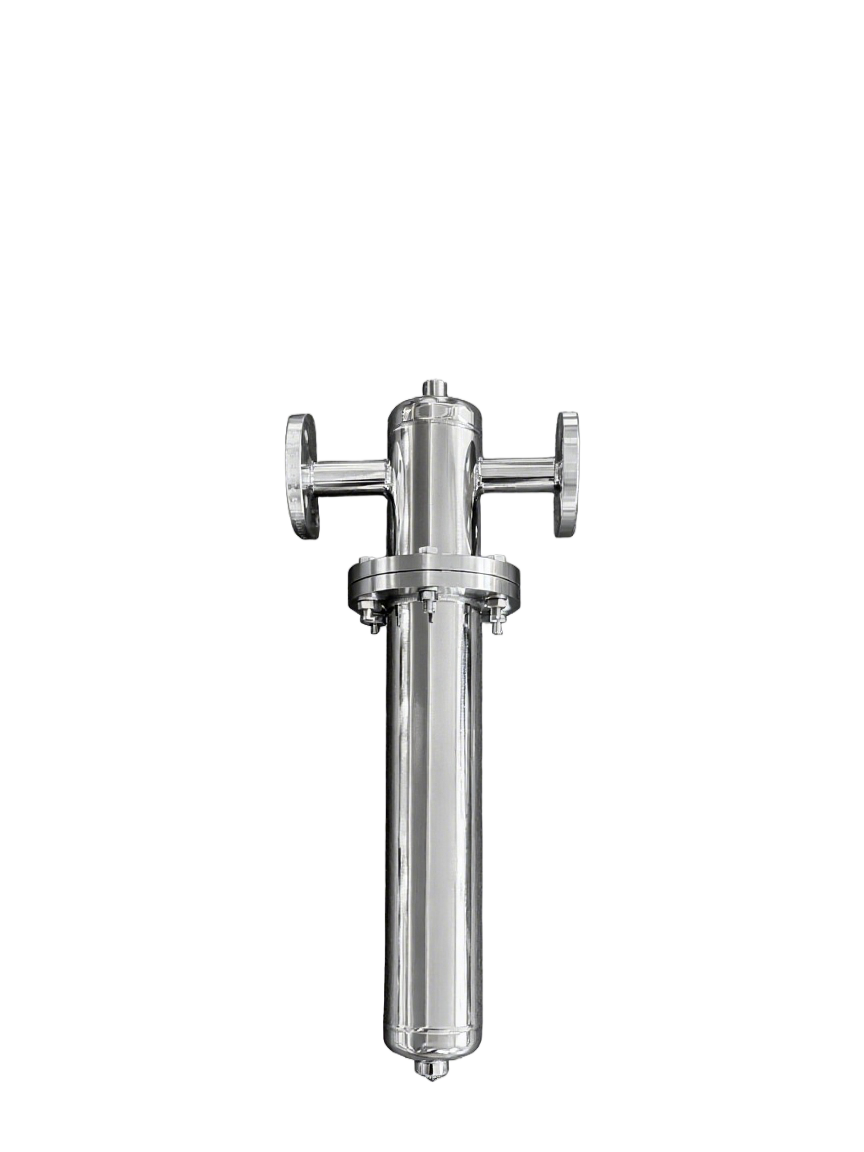Unveiling the Best Chainsaw Chain for Efficient Tree Cutting
When it comes to cutting trees, having the right chainsaw chain is crucial for achieving optimal results. With a plethora of options available in the market, it can be overwhelming to choose the best one. In this comprehensive guide, we will delve into the various factors to consider and recommend the ultimate chainsaw chain for cutting trees effectively.
- Understanding the Importance of Chainsaw Chains:
Chainsaw chains play a pivotal role in determining the efficiency and precision of tree cutting. A high-quality chain ensures smooth operation, minimal kickback, and extended durability. It is essential to select a chain that matches the specific requirements of tree cutting to maximize productivity and safety. - Types of Chainsaw Chains:
a) Full Chisel Chains: Ideal for professional tree cutting, full chisel chains feature square-cornered teeth that provide aggressive cutting performance. They excel in cutting hardwoods and are known for their high-speed operation. However, they require regular sharpening and are less suitable for cutting dirty or frozen wood.
b) Semi Chisel Chains: Offering a balance between cutting speed and durability, semi chisel chains are versatile and suitable for a wide range of cutting applications. With rounded-cornered teeth, they are more forgiving and can handle dirty or frozen wood effectively. They require less frequent sharpening and are a popular choice for homeowners and occasional users.
c) Low Profile Chains: Designed for light-duty cutting tasks, low profile chains are commonly used in electric chainsaws. They feature low kickback and are easy to maintain. However, they are less efficient in cutting larger trees and are more prone to dulling quickly.
- Factors to Consider:
a) Chain Pitch: The pitch refers to the distance between three consecutive rivets divided by two. It determines the size of the chain and should match the chainsaw's specifications. Common pitch sizes include 3/8, .325, and 0.404.
b) Gauge: The gauge represents the thickness of the drive links and should align with the chainsaw's guide bar. Common gauge sizes include 0.050, 0.058, and 0.063. Choosing the correct gauge ensures optimal performance and prevents damage to the chainsaw.
c) Chain Length: The chain length is determined by the chainsaw's guide bar length. It is crucial to select the appropriate chain length to ensure safe and efficient cutting.
d) Cutting Conditions: Consider the type of trees you will be cutting, their size, and the environment in which you will be operating. Different chainsaw chains are designed to handle specific cutting conditions, such as hardwood, softwood, or frozen wood.
- The Best Chainsaw Chain for Cutting Trees:
After careful evaluation, the Oregon 72LPX chain emerges as the top choice for cutting trees. With its full chisel design, it offers exceptional cutting performance, making it ideal for professional arborists and experienced users. The 72LPX chain's aggressive cutting ability, combined with its durability and resistance to wear, ensures efficient tree cutting without compromising safety.
Conclusion:
Selecting the best chainsaw chain for cutting trees is a critical decision that impacts both productivity and safety. By considering factors such as chain type, pitch, gauge, and cutting conditions, you can make an informed choice. The Oregon 72LPX chain stands out as the ultimate option for achieving precise and efficient tree cutting. Remember to prioritize safety precautions and regular maintenance to prolong the lifespan of your chainsaw chain and ensure optimal performance.



